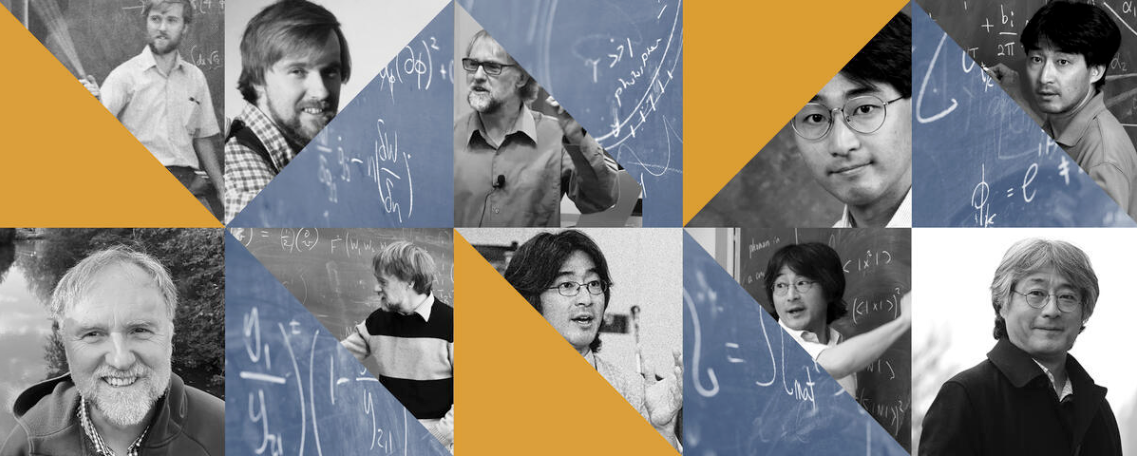Speaker
Description
Historically, supersymmetry has been a fruitful tool in understanding the dynamics of strongly coupled gauge theories. But as SUSY breaking is introduced, one often loses the theoretical advantages that make such understanding possible, hindering the application of this progress to more general gauge theories. A particularly well-behaved kind of SUSY-breaking was developed by Professor Murayama (coincidentally, published the year I was born). This Anomaly-mediated SUSY Breaking (AMSB) enjoys UV-insensitivity, such that SUSY breaking effects are under control at all energy scales and in any description of the degrees of freedom. In recent years, Professor Murayama has initiated the use of AMSB as a tool for approximating non-SUSY gauge theories. It is proposed that there is some class of SUSY theories that can be continuously deformed into their non-SUSY counterparts without encountering a phase transition. I review my work with Professor Murayama in this pursuit, showing non-trivial consistency checks, first-principles derivations of known and new results in QCD-like theories, as well as early investigations into what kinds of theories for which the method fails.
Abstract
Historically, supersymmetry has been a fruitful tool in understanding the dynamics of strongly coupled gauge theories. But as SUSY breaking is introduced, one often loses the theoretical advantages that make such understanding possible, hindering the application of this progress to more general gauge theories. A particularly well-behaved kind of SUSY-breaking was developed by Professor Murayama (coincidentally, published the year I was born). This Anomaly-mediated SUSY Breaking (AMSB) enjoys UV-insensitivity, such that SUSY breaking effects are under control at all energy scales and in any description of the degrees of freedom. In recent years, Professor Murayama has initiated the use of AMSB as a tool for approximating non-SUSY gauge theories. It is proposed that there is some class of SUSY theories that can be continuously deformed into their non-SUSY counterparts without encountering a phase transition. I review my work with Professor Murayama in this pursuit, showing non-trivial consistency checks, first-principles derivations of known and new results in QCD-like theories, as well as early investigations into what kinds of theories for which the method fails.
| Title | Understanding Strongly Coupled Theories via AMSB |
|---|

